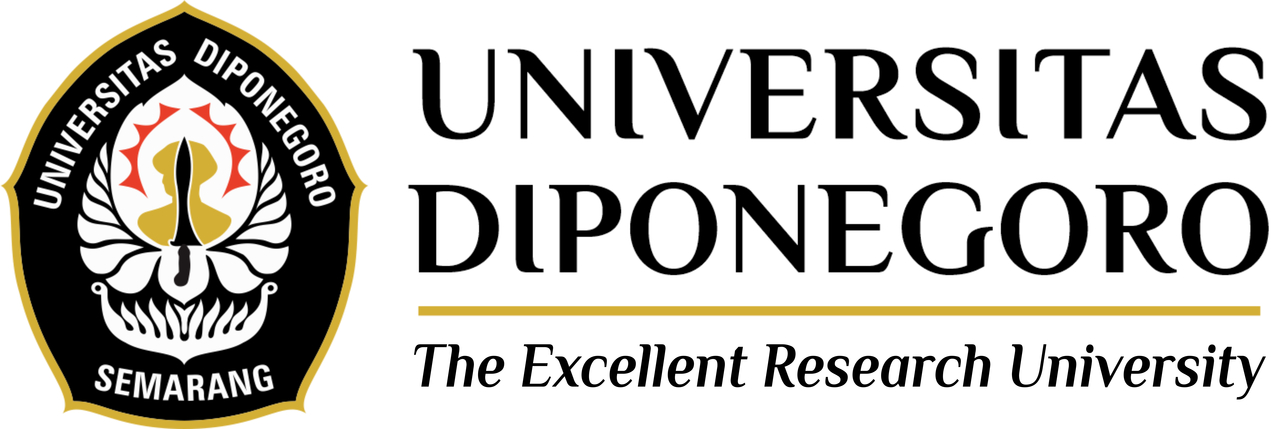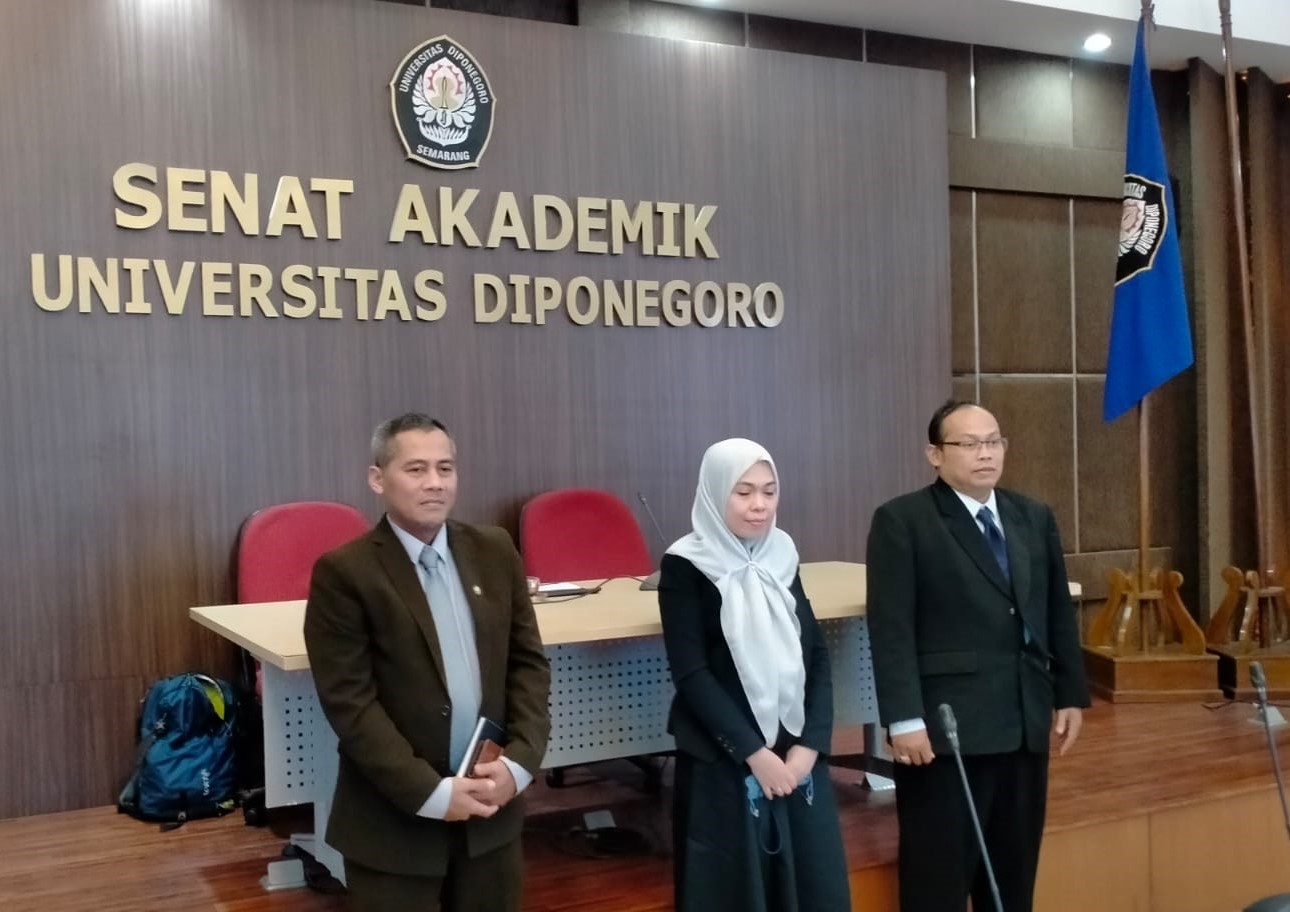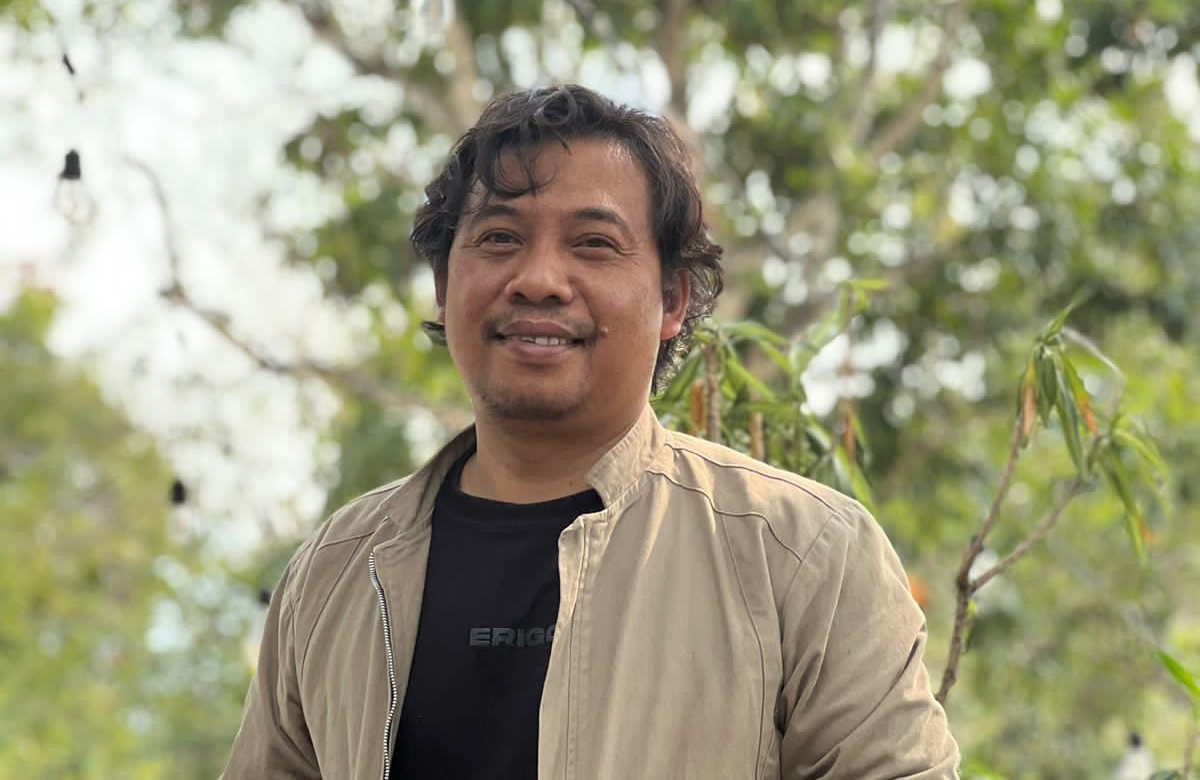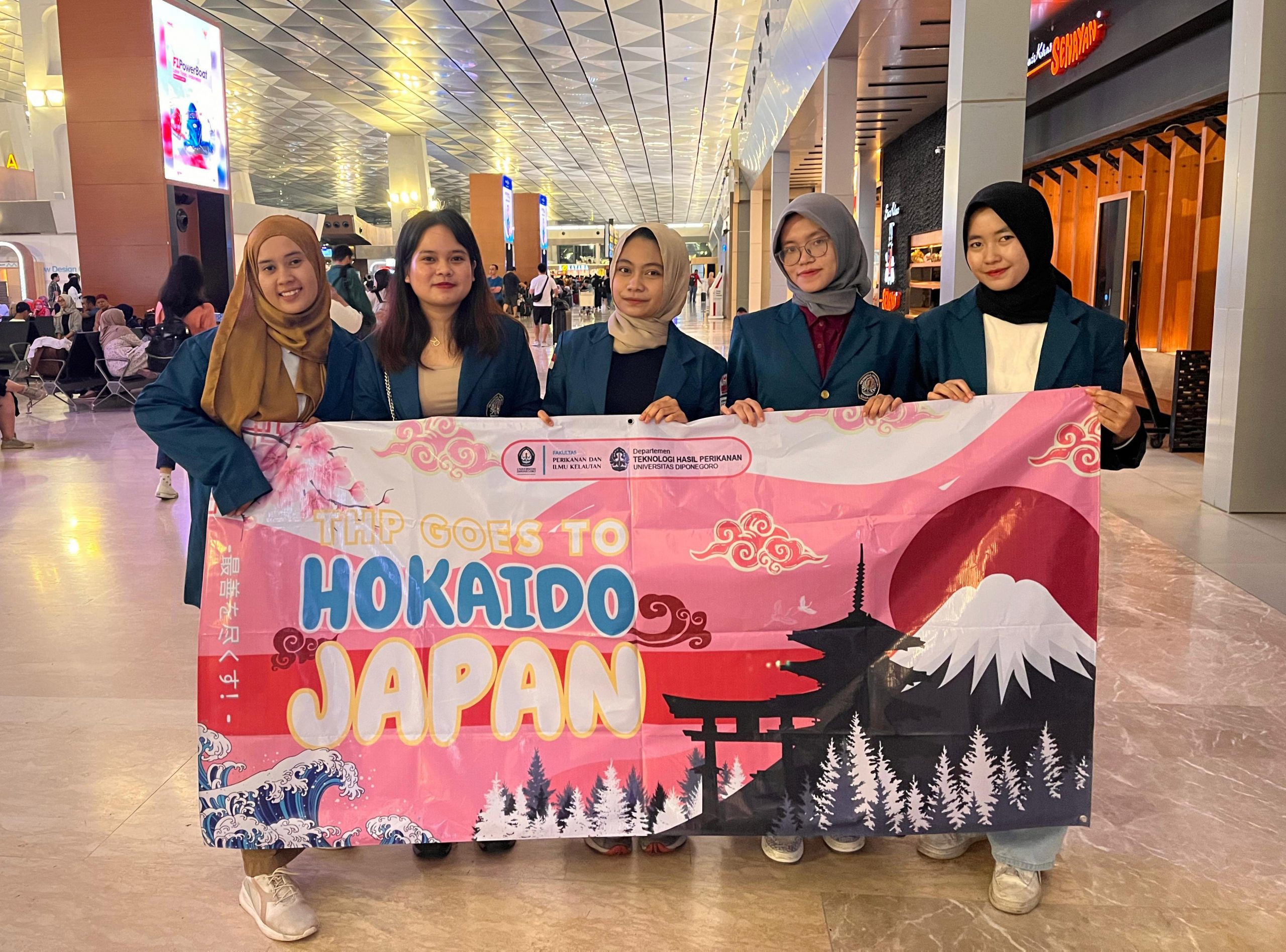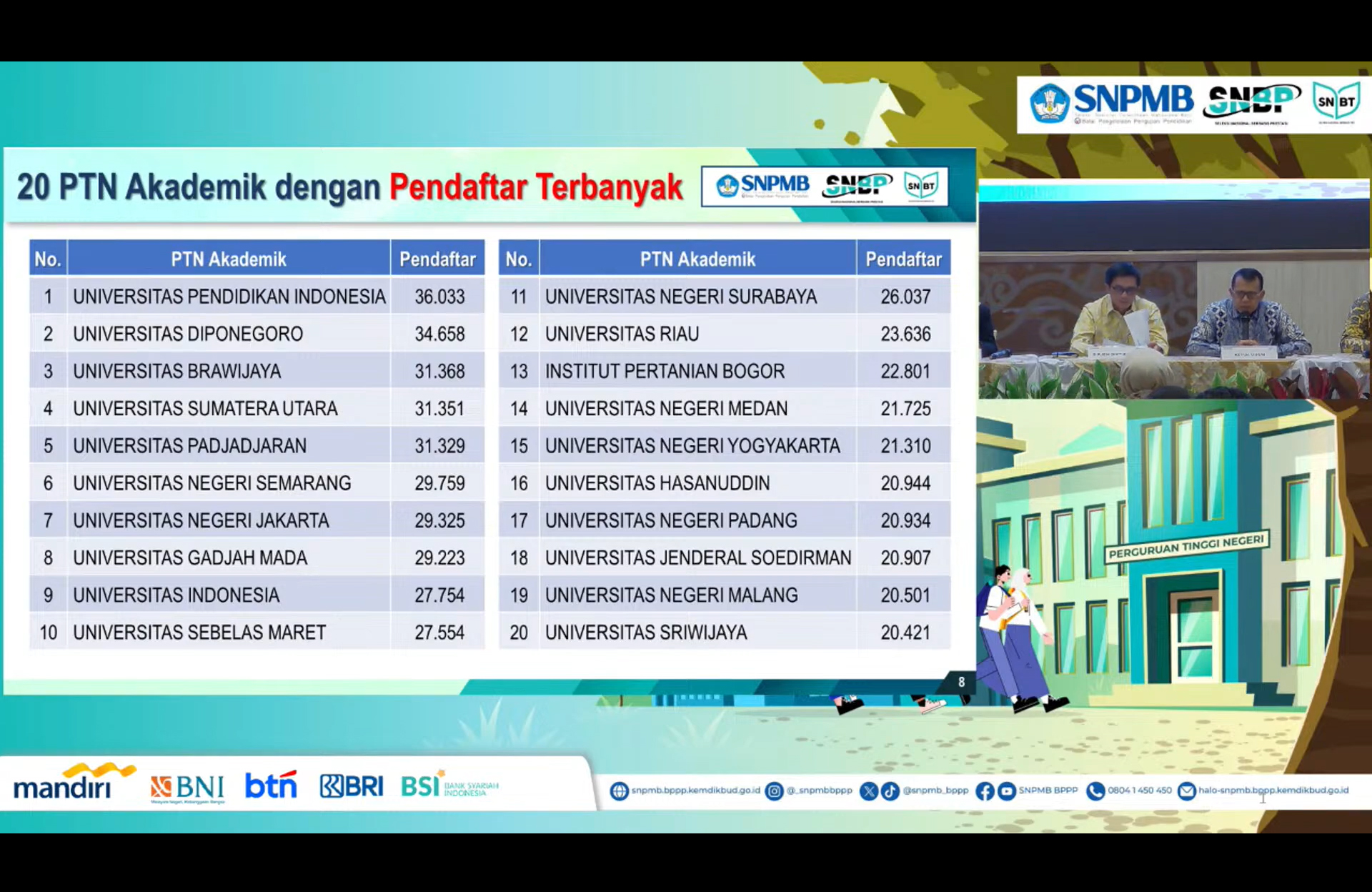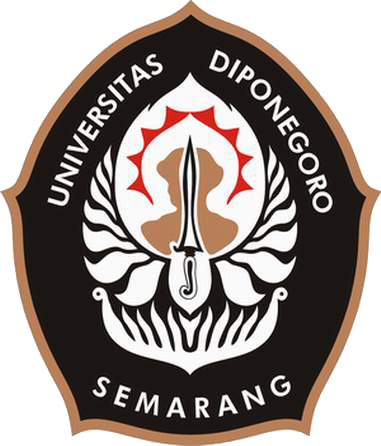In a Plenary Session of scientific paper presentation organized by the Diponegoro University Board of Professors, three Diponegoro University’s prospective professors presented their scientific papers on Monday (27/2). The three prospective professors are Dr.rer.nat. Ir. Thomas T. Putranto, S.T., M.Eng., IPU, ASEAN Eng. (Department of Geology, Faculty of Engineering), Dr.Eng. Ir. Hartono Yudo, ST. MT. (Department of Naval Engineering, Faculty of Engineering) and Dr.-Ing. Ir. Silviana, ST., MT., IPM., ASEAN Eng. (Department of Chemical Engineering, Faculty of Engineering).
In his paper entitled Hydrogeology: Conditions, Impacts and Recommendations for Groundwater Management in the City of Semarang, Dr. Thomas said that the groundwater quality of the confined aquifer has a pH value from neutral to alkaline and very good to salty based on the value of Electrical Conductivity. The city of Semarang is one of the provincial capitals in Indonesia with quite rapid industrial, educational and trade developments, so that urbanization has also increased. The demand for clean water has increased, so that the exploitation of groundwater in the city of Semarang has also increased. Problems regarding groundwater arise over time. There is conflict over water resource users/competition over water use as a result of population and industry developments that continue to increase while the availability of water is relatively constant.
“The main processes that control the chemical material of groundwater originate from rock and groundwater interactions as well as seawater intrusion. Groundwater management needs to be directed at a balance between conservation and utilization of groundwater that is integrated into policies and patterns of environmentally friendly water resources management,” he explained.
“High groundwater exploitation in the city of Semarang will have a negative impact on the environment. Adverse impacts that have emerged include land subsidence in the coastal part of Semarang City. Land subsidence results in rob events (rising sea water inland). Rob events occur every month and cause losses to various parties. Apart from that, the emergence of seawater intrusion also reduces the quality of groundwater which is used by the community as a source of clean water,” continued Thomas.
In the next presentation, Dr. Hartono Yudo discussed Hollow Structures in Maritime Applications. According to him, the material is a substitute for wood for traditional fishing boats, in this case using PVC pipes which are arranged to function as a hull and hold the weight of the ship which replaces the wooden hull. The magnitude of the longitudinal strength depends on the number of PVC pipes arranged as the hull.
“Iron hollow pipe is used as a hybrid material to strengthen the elongated strength of fiberglass boats. The hollow pipe is used as a stiffener in the keel construction of fiber ships. Both the sagging and hogging conditions show that the hybrid structure is stronger than the conventional one. Simulations show that conventional structures need to be developed into hybrid structures to reduce stress on ship construction. In the future, there will be standardized rigging rules for hybrid fiberglass boats and ships which can be built with the same strength as conventional ships but the weight will be lighter than conventional ships. Hollow structures are widely used in the maritime field, of course this is support for the government which is the world’s maritime axis country, by carrying out structural engineering to gain superior structural strength and ensure safety in its operations,” he explained.
Meanwhile, Dr. Silviana presented her scientific paper entitled Selective Adsorbent Particles Made from Modified Silica for Increasing the Quality of Biodiesel, Biogas, and Synthetic Natural Gas (Syngas). She said the role of chemical engineering in engineering new selective adsorbent material products can go through the stages of particle formation, product assessment through characterization studies, and kinetics as well as application in the form of innovative process flow diagrams for parts of the purification unit. The success of selective adsorbent production needs to be supported by the sustainability of raw material availability and competitive prices. The raw material for the selective adsorbent is silica from geothermal solid waste with a solid waste production capacity of 5%-b of 10 tonnes/day.
“This paper aims to provide a description of the discussion covering the process of purifying silica from geothermal waste, making selective adsorbents made from modified silica in the purification of biodiesel, biogas and syngas. This discussion is also complemented by the course of research related to selective adsorbents made from modified silica. The next stage is the feasibility test of the adsorbent product in a purification process in the form of an adsorbent column which is part of the opportunities for the emergence of quality product flowchart process innovations,” he concluded. (Lin-Public Relations)
